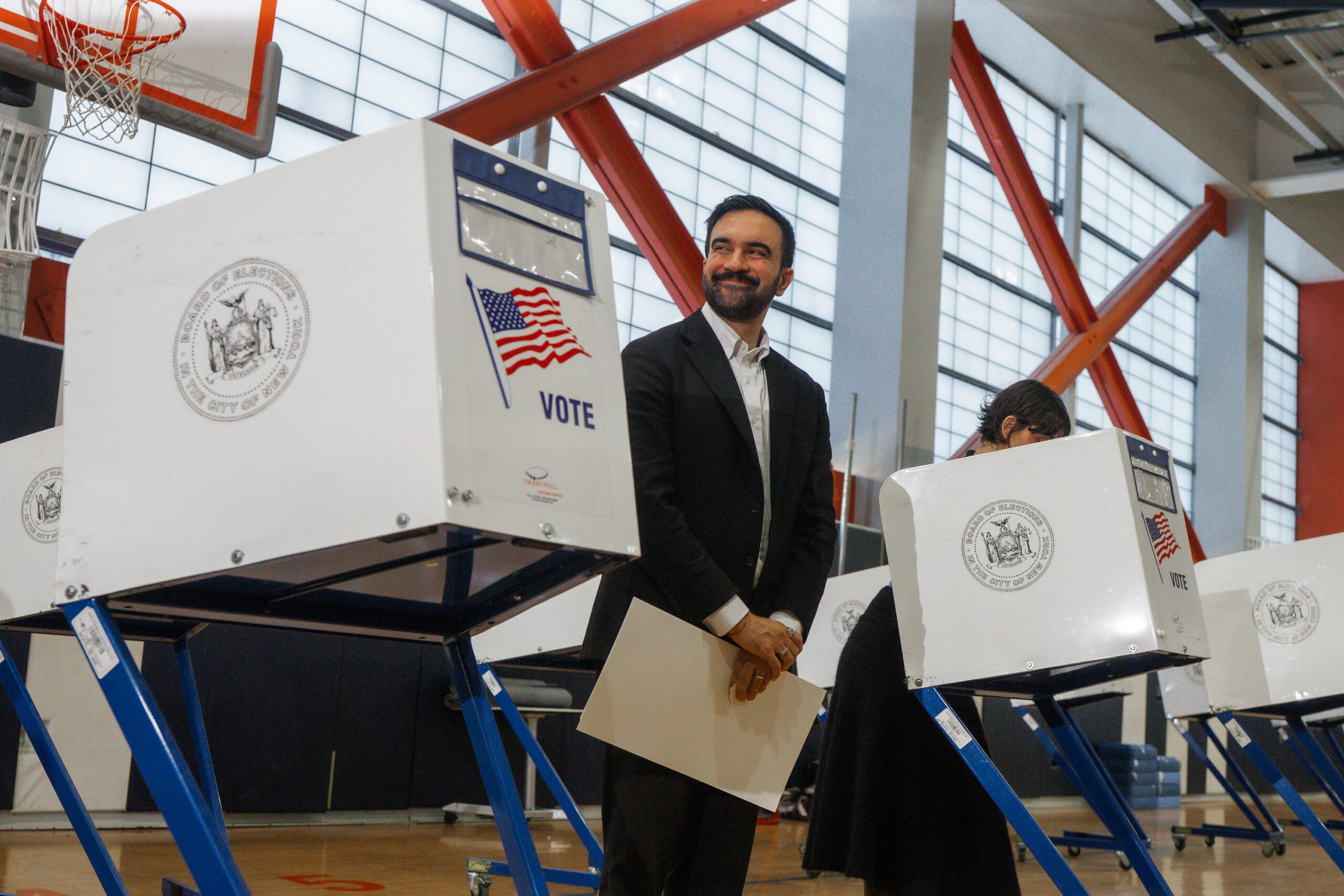When you spot a wild turkey strutting across a field, it’s easy to forget they start out tiny and fluffy. So, what is a baby turkey called? The answer is short and sweet: **poult**.
Young turkeys are called poults from the moment they hatch until they grow feathers and can fly. This early stage of life is full of growth, danger, and turkey lessons passed down from their mother. Poults are the baby turkeys you rarely see unless you’re out in wildlife areas or on a farm.
Like baby chickens, turkey poults hatch well-developed (precocial) and are active and alert shortly after hatching. They follow the hen, their mother, almost immediately, learning what to eat and how to avoid predators like foxes and crows. In most parts of North America, wild turkeys nest on the ground. Within 24 hours, poults begin to run, follow the hen, and feed primarily on insects, occasionally nibbling on seeds. Loud noises or a leashed dog nearby can scare them into hiding.
Healthy poults grow fast, developing feathers that let them fly short distances by about two weeks of age.
As poults age, the terms change. Juvenile males become **jakes**, while young females are sometimes called **jennies**, though that term is less common. Once they reach maturity, male turkeys are called **toms** or **gobblers**, and females are called **hens**. These names apply to both wild and domestic turkeys.
Domestic turkeys raised for food also start out as poults. On farms, poults are kept warm in brooders and fed a steady diet of grains and seeds. Though most people think of a big white bird on Thanksgiving, that gobbler started as a tiny poult in a hatchery.
Unlike bold turkeys seen crossing roads in places like Massachusetts, baby turkeys depend entirely on their mothers or farmers for survival. Their early days are critical, and loss rates in the wild can be high due to predators and environmental conditions.
Turkeys learn behaviors like foraging, flying, and avoiding danger by mimicking adult birds. Hens teach poults where to find food and how to respond to threats. A flock of turkeys, called a **rafter**, often includes several hens with their babies moving as a group. It’s a common sight in rural areas, especially in the United States and Mexico.
So, next time you hear a gobble or see a turkey standing tall in a field, remember: that big bird started life as a tiny, ground-hugging poult.
*This article was created in conjunction with AI technology and fact-checked and edited by a HowStuffWorks editor.*
https://animals.howstuffworks.com/birds/what-is-a-baby-turkey-called.htm

